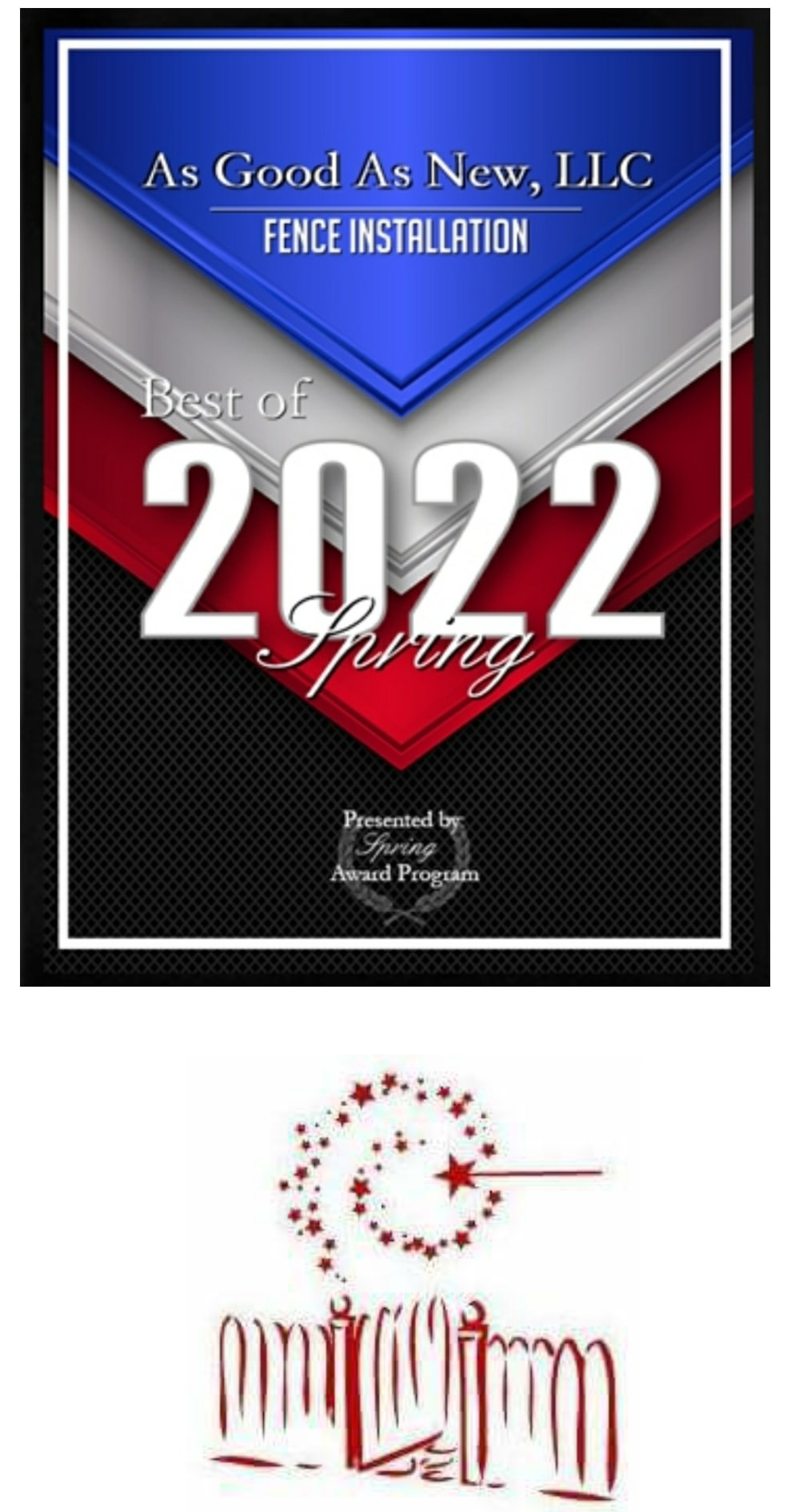12 Signs Your Wooden Fence Needs Repair

Wooden fences give a home that traditional look from the past. Whether the wood retains its natural grain or white paint accents its surface, every fence will degrade over time. There are specific signs that tell you a wooden fence needs repair.
Look at these top signals that indicate a call to your local wooden fence repair contractor in Arlington, TX, is warranted.
1. Pests Have Moved In
Wood fences come as treated materials to withstand weathering and pest infiltration. The aging process, however, can reduce the wood’s ability to ward off these influences. Take a close look at your fence. Calling a repair team is critical if there are any signs of pests.
They verify if pests have moved into the wood and the extent of damage. When you catch the pests early enough, minor repairs are usually the result. Fence professionals might level the soil under the fence while replacing the damaged wood. Pests will have difficulty populating the wood when the soil is far from the materials.
2. Boards Swaying in the Wind
You need to repair a wooden fence when it becomes a proverbial sail. Strong fences may only slightly shudder under heavy winds. Their support might cause them to sway in the wind as they age. This movement will only increase as the wood degrades.
Consider calling a wooden fence repair specialist. They can verify if the fence needs new support or something else. Neglecting the fence can lead to a complete failure of the system. Avoid expensive costs with a repair right away.
3. Physical Damage
Many homeowners turn to wooden fence repairs when sections break. From gusty winds to personal accidents, damaged fences can arise over time. If there’s no obvious reason for a fence’s physical damage, however, it may be time to install a new section or entire perimeter.
Missing or broken pieces mean that people or animals can enter and exit the property. An Arlington fence repair team can verify whether the materials are replaceable. If the rest of the fence’s wood is in good shape, a simple repair will again secure your property.
4. Moisture Throughout Wood
When you work with an Arlington fence repair company, they install the new product with an eye for soil clearance. No wood should touch the ground, including the posts secured into concrete. Over time, wood might bow and bend and will require you to repair a wooden fence.
Moisture wicks into the wood, which leads to rot. Microbes, such as mildew and mold, can grow with great abandon. The wood slowly breaks down and can even change color. Installing a new fence is often the solution because rot cannot be removed from the old wood. The damage will continue to grow otherwise.
5. Dry-Rot Concerns
Wood fences may be free from excessive moisture, but that doesn’t make them immune to rot. Dry rot is a unique scenario where the wood breaks down from weathering and microbe influences, such as fungi. As a result, the wood starts to crack and appear brittle.
Wood fence repairs might be possible, but all lumber will age at the same rate. Replacing the entire fence is the best course of action. Dry rot will continue to impact the wood until it’s replaced.
6. Sagging or Leaning Fence Posts
Leaning, sagging, or tilting are telltale signs you need wood fence repairs. These symptoms suggest issues with the foundation, the posts, or the supports.
This could be due to soil erosion, inadequate anchoring, or deterioration of the support structure over time. If left unaddressed, a leaning fence can eventually collapse, posing a safety risk and requiring more extensive repairs.
7. Broken, Warping, or Twisted Boards
Warped or twisted boards can occur due to moisture exposure, changes in temperature, or natural aging of the wood. This break or distortion affects the fence’s appearance and weakens its structural integrity.
Warped boards may no longer fit properly, leaving gaps in the fence or causing stress on adjacent components. Repairing or replacing warped boards is necessary to maintain the fence’s functionality and aesthetic appeal.
8. Loose or Missing Fasteners
Fasteners such as nails, screws, or bolts hold the components of the fence together. When these fasteners become loose or go missing, it can result in boards becoming detached or unstable.
Loose fasteners may be caused by wood expansion and contraction due to temperature changes or simply from the natural settling of the fence over time.
Replacing loose or missing fasteners ensures the fence remains securely assembled and prevents further damage.
9. Color Fading or Wood Discoloration
Exposure to sunlight, rain, and other weather elements can cause wooden fences to fade or change color over time. Fading and discoloration not only detract from the fence’s appearance but can also indicate damage to the wood’s surface.
UV radiation from the sun can break down the wood fibers and degrade their protective coatings, making them more susceptible to moisture infiltration and rot. Restoring the fence’s color through staining or painting helps to protect the wood from further damage and extends its lifespan.
10. Signs of Wood Decay
Decay in wooden fences typically manifests as soft spots, crumbling wood, or visible fungal growth.
Decay can be caused by prolonged exposure to moisture, fungal infestation, or insect damage. Once decay sets in, it weakens the structural integrity of the fence. It compromises its ability to provide security and privacy.
Promptly addressing signs of decay by replacing affected components or sections of the fence is essential to prevent further deterioration and maintain the fence’s functionality.
11. Missing or Split Boards
Missing or split boards are common issues with wooden fences, often resulting from impact damage, weathering, or natural aging of the wood. Missing boards create gaps in the fence, compromising privacy and security.
In contrast, split boards weaken the overall structure and detract from the fence’s appearance. Repairing or replacing missing or split boards restores the integrity and aesthetics of the fence, ensuring it continues to provide the desired functionality and curb appeal.
12. Cracking Near the Ground
Cracking near the ground level of the fence can occur due to several factors, including moisture exposure, soil movement, or inadequate clearance between the wood and the ground.
Over time, moisture can seep into the wood, causing it to swell and contract, possibly leading to cracking. Additionally, soil movement or settling can exert pressure on the bottom of the fence, contributing to cracking.
Cracks near the ground compromise the fence’s structural integrity and can provide entry points for pests or moisture. Repairing cracked sections or adjusting the fence’s position to improve clearance from the ground can help prevent further damage.
Regular maintenance and inspection of your wooden fence can help you identify these signs early. This process allows you to address issues before they escalate into more significant problems.
Get Professional Help from Seasoned Experts
If you have any questions, contact our As Good as New team today. Our Arlington fence repair company can quote you a fair price so you can protect your property with confidence once again. With just one project, a new or repaired fence changes your property’s appearance. Contact our specialists today to get a quote.




